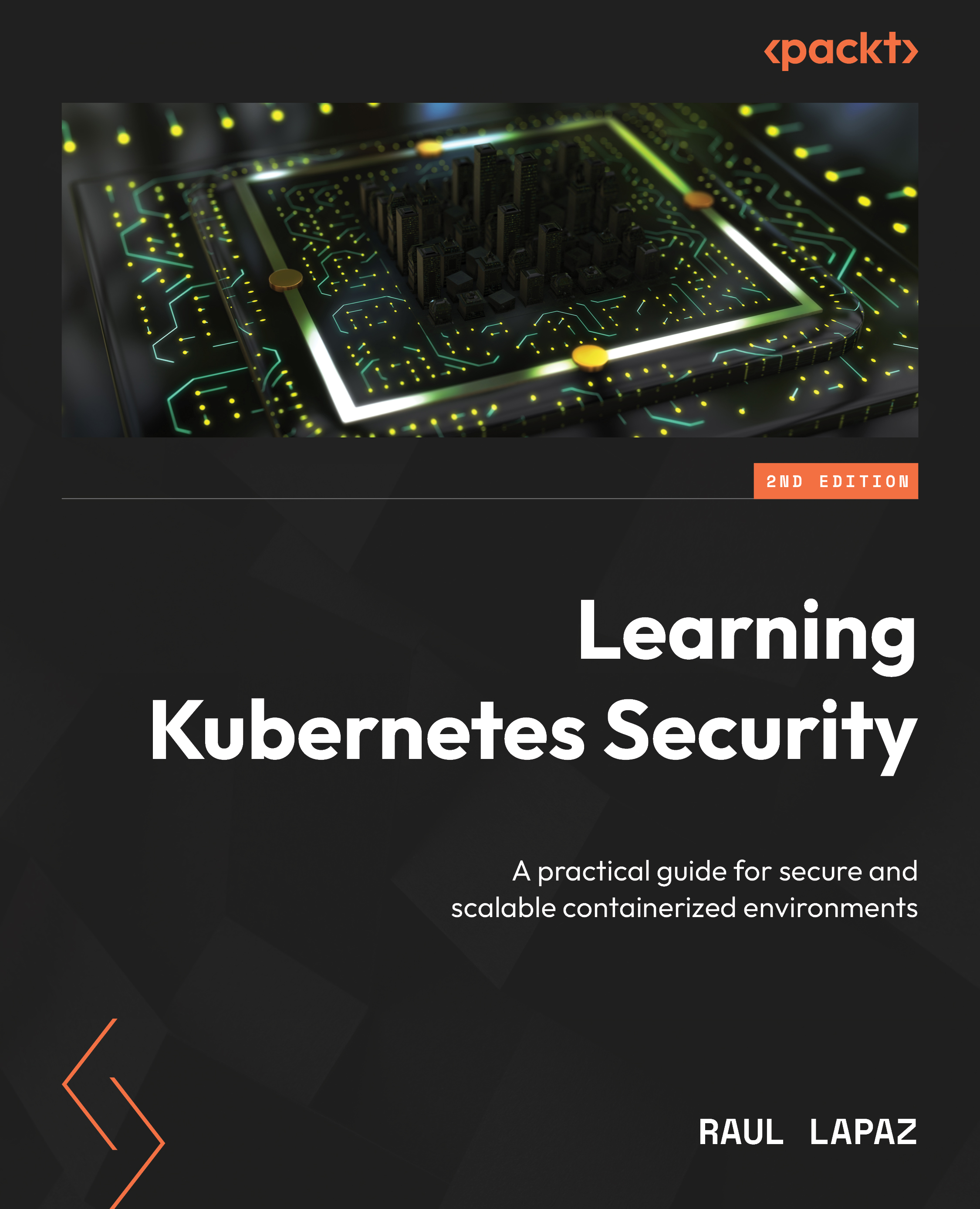Summary
The trend of microservices and the rise of Docker has enabled Kubernetes to become the de facto platform for DevOps to deploy, scale, and manage containerized applications. Kubernetes abstracts storage and computing resources as Kubernetes objects, which are managed by components such as kube-apiserver, kubelet, and etcd.
Kubernetes can be deployed in a private data center, in the cloud, or hybrid. This allows DevOps to work with multiple cloud providers and not get locked into any one of them (vendor locking). Although Kubernetes is still young but evolving very fast. As Kubernetes gets more and more attention, the attacks targeted at Kubernetes also become more notable. Now, in 2024, more attacks are targeting Kubernetes. You will get a better understanding of how to implement remediations to protect against such attacks later in this book.
In Chapter 2, Kubernetes Networking, we are going to cover the Kubernetes network model and understand how microservices communicate with each other in Kubernetes.


































































